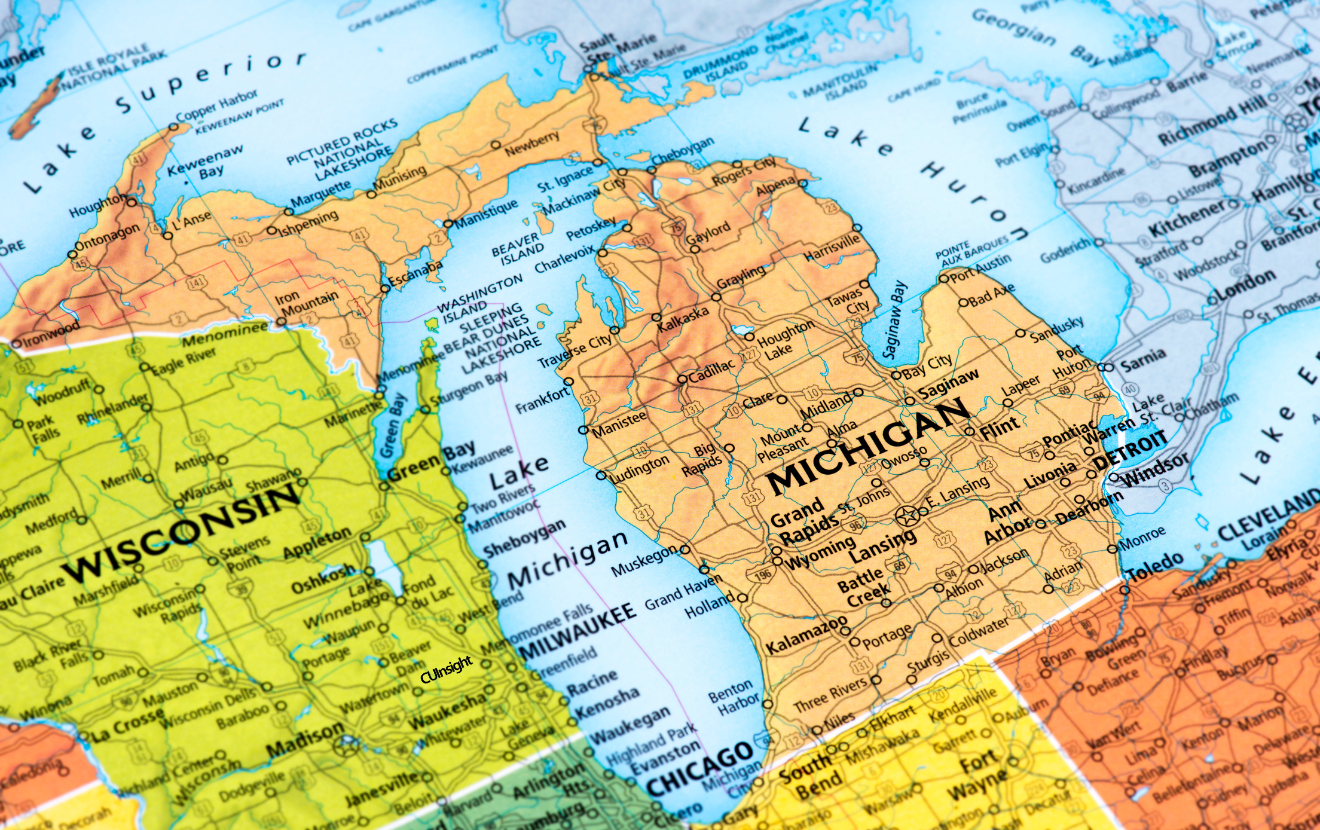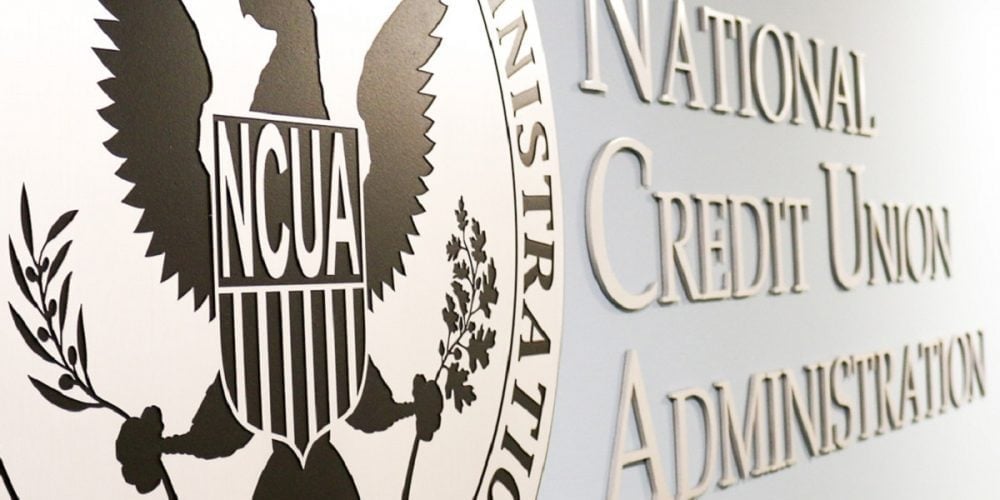Something isn’t quite right, but you aren’t exactly sure what. Progress seems slow when your team has to work on projects together. Individually, they are all committed, smart, hardworking, and productive, but together those strengths don’t seem to rise to the top.
What could the problem be? Take a moment to sit quietly and list out the personal likes and dislikes of the people on your team. What are their hobbies, how do they spend their free time, and what worries them at work or even outside of work? If you struggle to come up with answers, even for those individuals who have been with you for a while, it’s likely your team simply doesn’t know each other well enough to work cohesively together.
Lately, there’s been quite a bit of chatter about the lack of camaraderie in our new remote or hybrid work environments, but this can easily be a problem in an office where people see each other every day. In fact, it’s not a new problem. Regardless of where people work, a lack of camaraderie can negatively impact projects where teamwork is key to getting things done on time and under budget. It’s not about people disliking one another or breaking into verbal battles during every interaction (that’s a toxic culture situation), it’s simply a lack of synergy. It’s when people just don’t seem to click in the way that most productive teams do.
Taking time for team building often feels like a low priority for businesses. However, if you have a bunch of strangers working for you, not communicating, or even unintentionally focusing on opposing goals, the impact to engagement, productivity and revenue could be significantly problematic.
Let’s talk about ways to build cohesive work groups.
If you were listening in on some of our Omnia meetings and conversations, you might think we were crazy with a capital C. We talk like a math problem gone horribly wrong. Considering it objectively, it probably does sound… odd.
Here's a bit of what you might hear:
"Well, you know me; I'm a 3 (an extrovert), so I was like, 'Please, let’s talk more!’”
"Hey, she's a 6/7 (stubborn!); she's going to do what she's going to do."
"Come on, take it easy, you know how high my 8 is."
"That's what happens when you’re a 2/4."
“If an 8 and a 7 got married, what would their kids be like?”
Not only will my colleagues agree with this, they know who I'm talking about. Like people in every business, we talk about what we do. Since we do personality assessments, we assess a LOT of behaviors. Our own, our co-workers, our families… we even had our personality graphs on plaques outside our office doors (back when we had an office; we’re nerdy that way). I have often reviewed someone's traits before or after a conversation to help me handle and/or process it better. And let me assure you, it's not just our analysts or client advisers who do this – it’s everyone, IT, accounting, administration, sales. We communicate through our Omnia traits. It’s like having a cheat sheet on the person you’re talking to, a kind of map legend on how to communicate and collaborate effectively. Side note: This is especially helpful if you want something.
Of course, we are biased, but I can say without a doubt that it helps us bond and work as a team. We know how to communicate with one another, and we are aware and respectful of people's differences. We take our Omnia column numbers into account when making plans. For example, when our sales manager has a new project for our project analyst, she knows she has to be detailed, give supporting data, and provide clear timelines, all of which are somewhat painful for her since she focuses on the big picture and tends to skim over the details. But, when she provides what the analyst needs upfront, it cuts down on confusion as well as the questions that can delay her project.
And this works for fun stuff too. A few years back, two people hit milestone work anniversaries in the same month, and we had to decide how to recognize their time with the company. The tall column 3 (outgoing people-person) loved a party; public celebrations were always a hit. The tall column 4 (reserved introvert) preferred a card slipped quietly under her office door, or a nice email from her manager. In this case, we compromised. We had a big party; it's good for the column 4 to be dragged out of her shell every once in a while, but we didn’t make her the center of attention by asking her to give a speech or anything else equally mortifying.
People spend 40 or more hours a week with their co-workers in an office setting, significantly less if the environment is remote. If they don't know or like one another, it makes the whole working experience less pleasant and less effective. Unhappy employees are less productive (true story).
Team building:
- increases communication. Everything boils down to communication.
- improves job satisfaction (decreasing turnover). Retention is a big deal.
- increases the bottom line. After all, that’s why we are in business.
Do you want to layer team building into your people strategies?
Here are some ways to get started:
- Personality assessments: Behavioral insight gives you information you can use every day, right from the start. People love learning about themselves, and they connect better with others when they can identify differences as differences, instead of making judgments. (Omnia can help with that.)
- Start the dialogue: Sure, they've been sitting near one another for months, maybe even years, but have they met? Take occasional short breaks to play icebreaker exercises. A quick online search for "office icebreakers" turns up over 3 million hits, so you should find something that works for you and your office. (Just make sure to pick ones that are safe and don't violate any HR policies).
- Have some fun: Consider occasional social outings (or innings) to allow people to loosen up and interact in a non-work setting. Even a Zoom happy hour can work wonders if your employees are remote.
- Give them a challenge: Create groups of people who don't usually work together, and involve them in a project, scavenger hunt, or other fun but competitive task.
- Better yet, make it for a cause: Rallying team members behind a charitable organization or cause encourages people to put aside their differences to make things happen. It also tends to bring out the best in everyone.
Your people are your biggest asset. Finding the time and resources to focus on team building will be a worthwhile expense.







